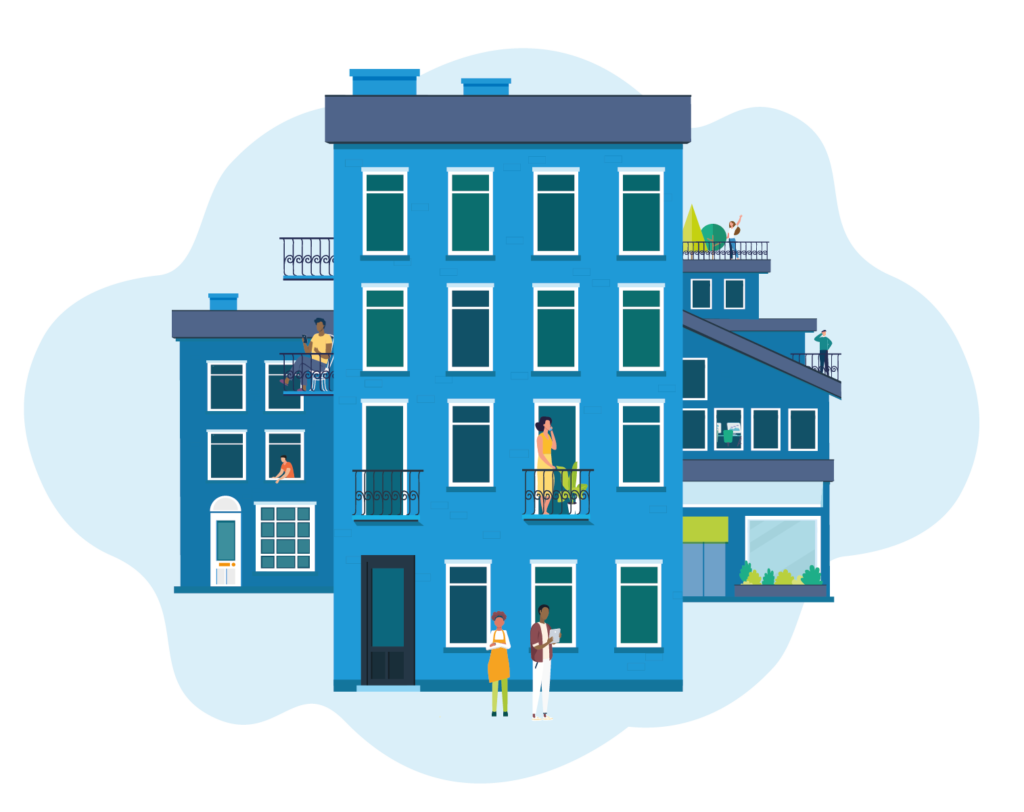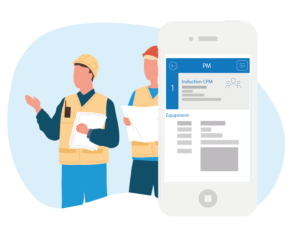Economic occupancy vs. physical occupancy
Understanding economic occupancy and physical occupancy is essential for effective residential property management as it allows for in-depth assessment of the financial health of properties and make informed decisions.
Economic occupancy provides insights into the property’s income efficiency by comparing actual rent collected to potential maximum rent, enabling managers to optimize rental income and lease management strategies.
On the other hand, physical occupancy indicates the tangible residential occupancy status, helping managers allocate resources effectively and implement tenant retention initiatives.
By comprehensively analyzing both metrics, property managers can develop strategic plans to enhance the property’s competitiveness and profitability in the market.
In this blog, we will delve into the distinction between economic occupancy and physical occupancy and explore their implications and importance.
What is physical occupancy?
Physical occupancy is an important metric in property management that gauges the extent to which a building’s available space is occupied by tenants. It involves two key measurements: the proportion of the physical space occupied compared to the total lettable area, and the total rental income generated on a monthly or annual basis from these occupied spaces. Understanding physical occupancy enables property owners and managers to better assess the performance of their investments, optimize space utilization, and maximize rental income. By closely monitoring this metric, they can make informed decisions about leasing strategies and property improvements to enhance the appeal and profitability of their real estate assets.
How to calculate physical occupancy?
Physical occupancy is calculated by taking the total number of occupied units and dividing it by the total number of units on a property. This calculation provides a clear percentage that indicates how much of the property’s space is currently being utilized by tenants. For example, if a building has 80 occupied units out of a total of 100 units, the physical occupancy rate would be 80%.
What is a typical physical occupancy rate?
A typical physical occupancy rate is around 93.8%. This rate indicates a well-utilized property, suggesting that the majority of available units are occupied by tenants. Maintaining a high occupancy rate like this not only maximizes rental income but also reflects positively on the property’s desirability and management efficiency. A rate close to 93.8% suggests a balance between having a few available units for new tenants and ensuring the property is not underutilized.
What is economic occupancy?
Economic occupancy is a metric that evaluates the actual income a rental property is generating in comparison to its potential maximum income. It calculates the physical occupancy against the total possible income, assuming the property is fully occupied with all tenants paying the full market rental value. This measurement provides a deeper insight into the financial performance of a property, beyond just the number of occupied units, by considering the impact of rental rates, concessions, and vacancies on overall revenue. Understanding economic occupancy helps property owners and managers identify gaps between current earnings and potential earnings, enabling them to develop strategies to optimize income.
How to calculate economic occupancy?
To determine the economic occupancy percentage:
- Calculate the Actual Rent Collected: Add up the total rent received from all occupied units for a given month.
- Determine the Gross Potential Rent: Calculate the total rent that could be collected if every unit in the property was occupied and paying the full market rental rate.
- Divide and Multiply by 100: Divide the actual rent collected by the gross potential rent and then multiply the result by 100 to get the economic occupancy percentage.
This percentage indicates how effectively the property is generating income relative to its full potential.
What is a typical economic occupancy rate?
A typical economic occupancy rate, while varying across different sectors and markets, is generally around 90%. This benchmark indicates a healthy balance between achieving high rental income and maintaining a stable tenant base. An economic occupancy rate of 90% suggests that the property is generating a significant portion of its potential income, factoring in vacancies, rent concessions, and any discrepancies from the full market rental rates. Achieving and maintaining this rate is a good indicator of effective property management and financial performance.
What are the differences between economic and physical occupancy?
Understanding the differences between economic and physical occupancy is essential for comprehensively evaluating a property’s performance.
– Physical Occupancy measures the proportion of units that are occupied in a property. It is calculated by dividing the number of occupied units by the total number of available units. This metric gives a straightforward indication of how full a property is, focusing solely on the occupancy status without considering the financial aspects.
– Economic Occupancy delves deeper into the financial performance of the property. It is calculated by dividing the actual rent collected by the gross potential rent if all units were occupied and paying the full market rate. This metric provides a more accurate picture of the property’s profitability, accounting for factors such as rent concessions, vacancies, and tenants paying below market rates.
While physical occupancy shows how many units are occupied, economic occupancy reflects the property’s income efficiency and financial health. Understanding both metrics allows property managers and owners to make informed decisions to optimize both occupancy and revenue.
FAQs about economic occupancy vs physical occupancy
Multifamily software used by the top ten NMHC managers
Take full control of the lead-to-lease process

How MRI Can Help
MRI’s residential property management software offers valuable features and processes for managing occupancy effectively. By consolidating occupancy information into one platform, it streamlines the process of monitoring and analyzing occupancy rates across your properties. With a comprehensive set of tools, MRI enables you to optimize your properties’ performance by identifying areas for improvement and implementing targeted strategies.
MRI software features robust report generation capabilities to empower you to generate detailed reports on occupancy trends, rental income, and vacancy rates, providing valuable insights into the financial health of your properties. By staying on top of your data through these reports, you can make informed decisions to maximize occupancy rates, minimize vacancies, and enhance overall profitability.
With MRI’s residential property management software, you have the resources and support you need to effectively manage your properties and achieve optimal performance.
Contact MRI Software
If you want to find out more about how MRI’s multifamily property management solutions can help your organization, contact us today.
Multifamily Tour Path Inspection Guide
Showing off your multifamily property is one of your first and best opportunities to “wow” prospective residents. As such, completing a tour path inspection is essential to a successful leasing experience. MRI Living is here to help you p…

